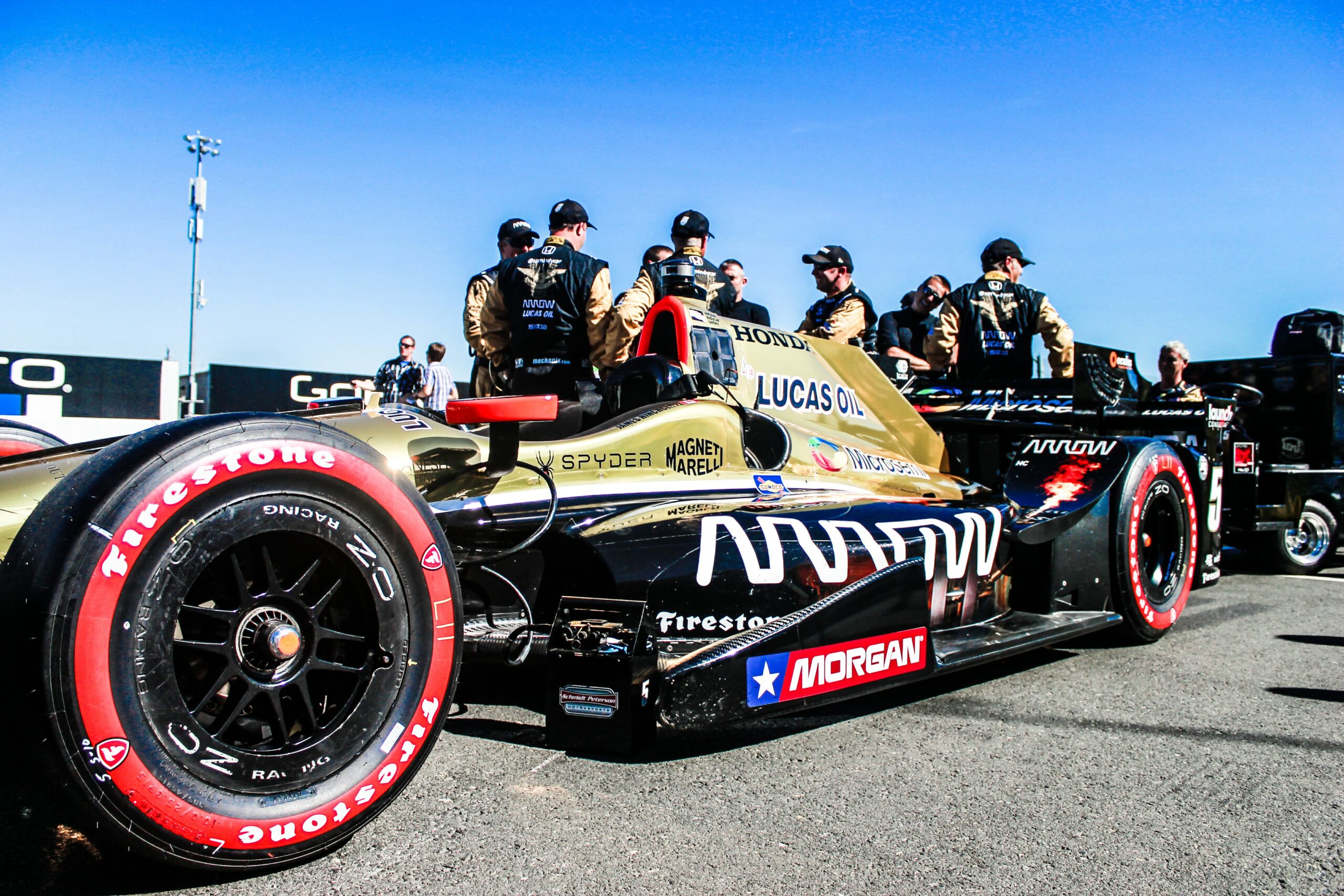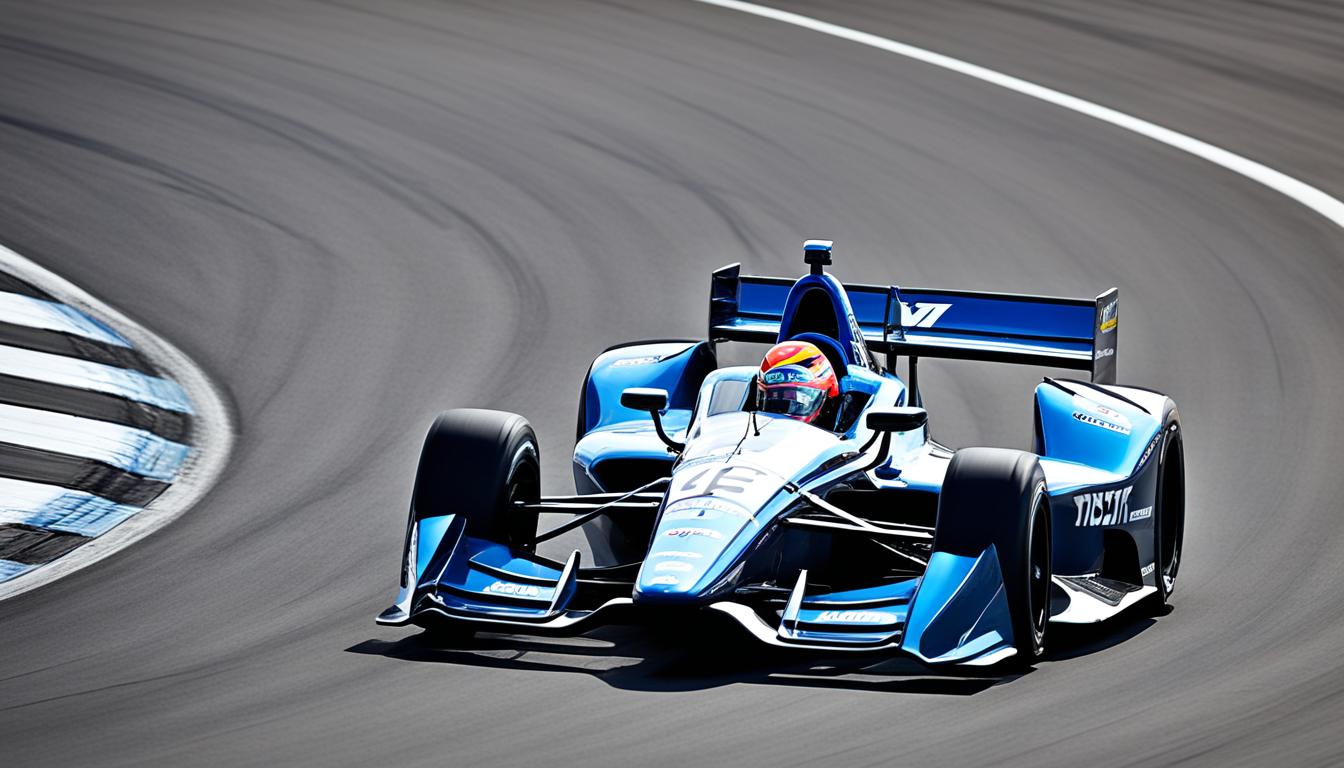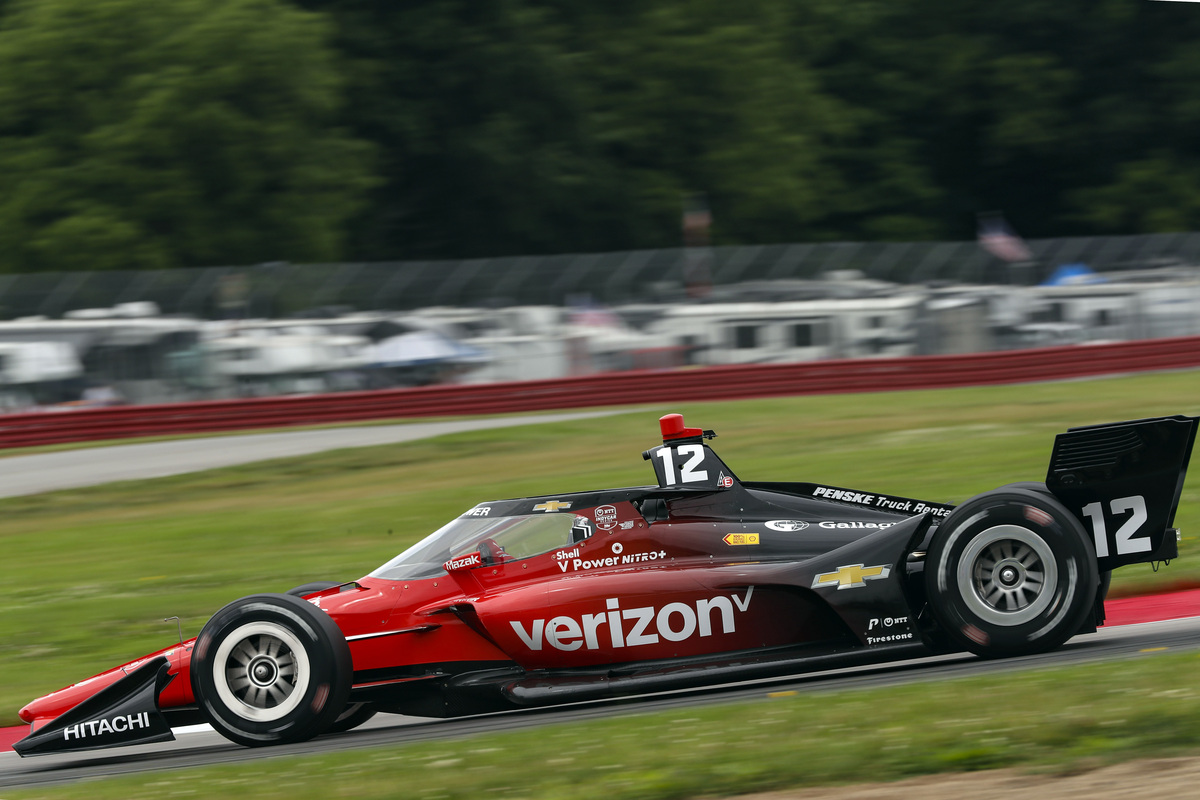What does a black flag mean in IndyCar racing?
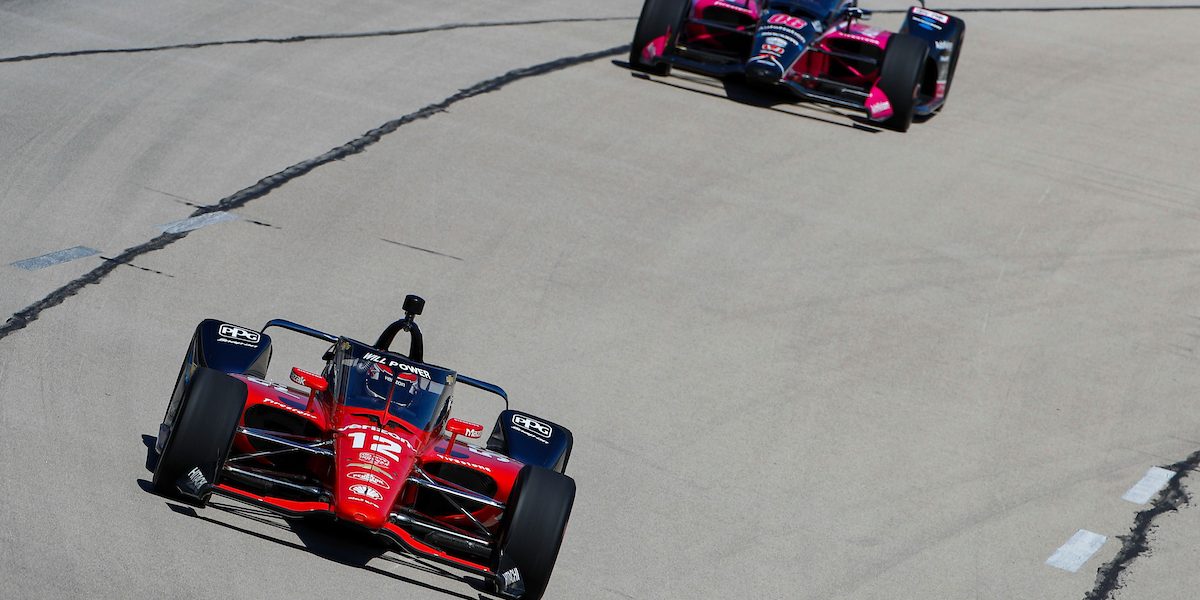
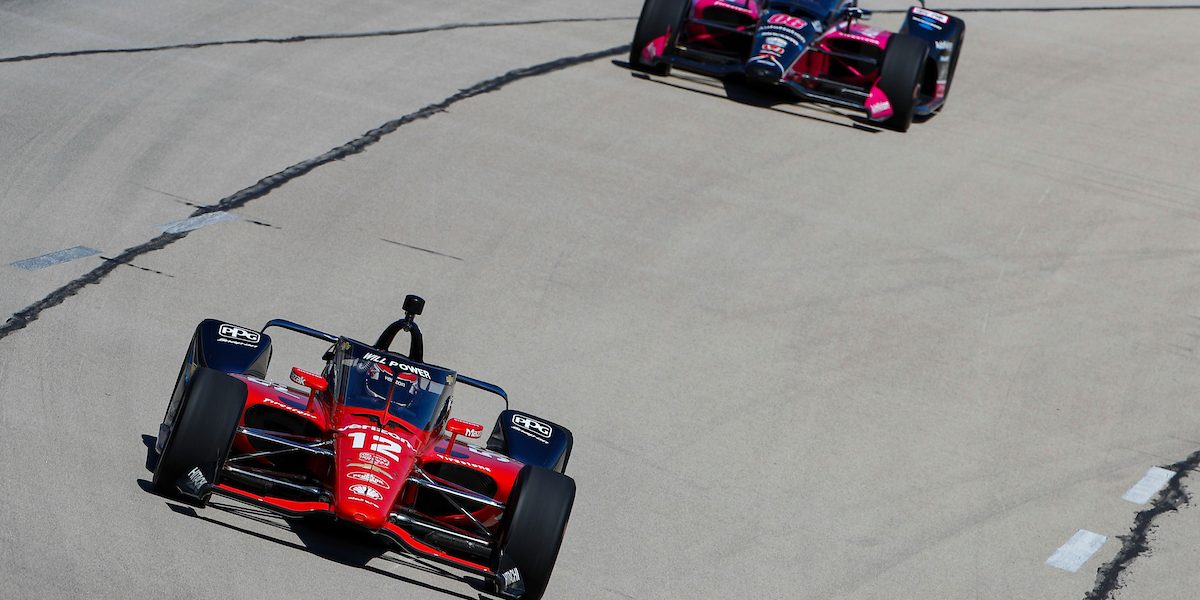
In motor racing, flags are the means of communication of race officials with the car driver without saying it in so many words. A total of nine flags in different colours and with different patterns are used in IndyCar racing. Drivers must acknowledge all flags and obey what the flag signifies strictly. Non-compliance will invite sanctions and penalties for the driver, the team or both.
It is well known that green signifies “go”, yellow- “caution or go slow” and red- “stop”. Flags in other colours and patterns are also used in IndyCar Series. Each flag signifies a particular instruction to the driver. The most intriguing among them are the black flags. Three black flags with different patterns or lack of them are used in IndyCar racing.
Black is an ominous colour and so are the signals it sends to the driver except in one case. This article will take a look at what different flags with black on them mean and how the driver is supposed to react to them.
SEE ALSO: How much do IndyCar drivers make?
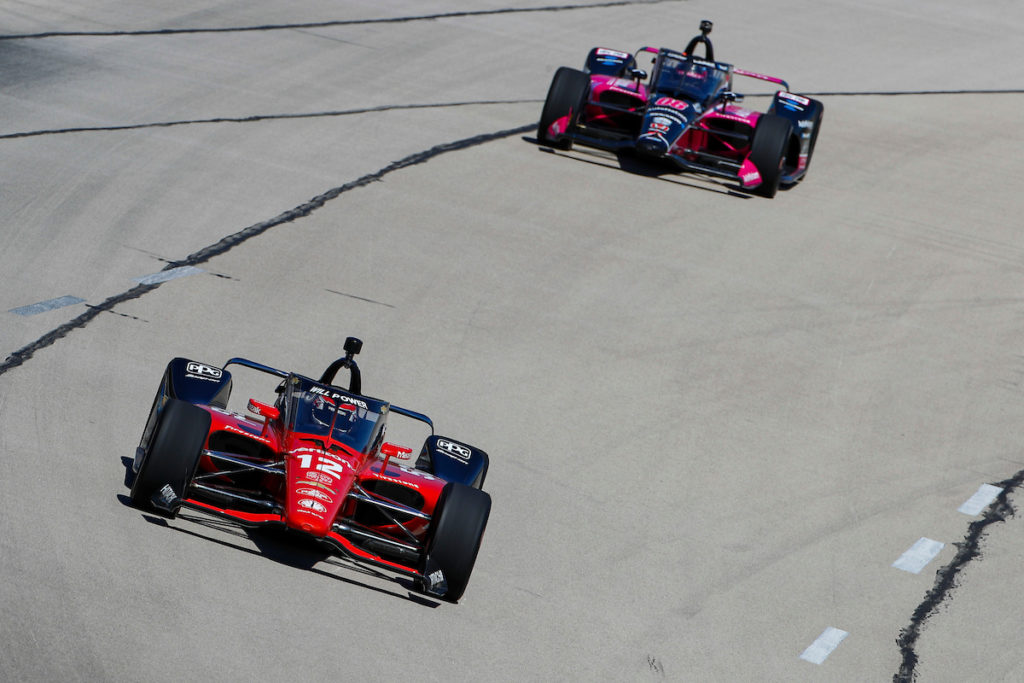
Table of Contents
Black Flag
A black flag instructs the driver to go to the pits at the immediate next opportunity. The black flag may be displayed when the driver drives recklessly posing risk to other cars and drivers. It usually implies a pending penalty to the concerned driver. The number of the car summoned is displayed at the start-finish line. If a driver has broken any rules during the race he is liable for a penalty.
Sometimes the black flag can be of help to the driver. It is displayed when there is damage to the car bodywork and the driver hasn’t noticed it. Loose bodywork, a trailing bumper or a loose hood all call for a black flag. Loose bodywork affects the aerodynamics of the car and bringing it to the driver’s attention is helpful to him. The black flag may also indicate that the car is leaking fuel or in case of mechanical failure and even when the team’s radio is not working.
The black flag may be used when the driver shows unsporting behaviour, fails to maintain minimum speed and other infringements. When it is shown the driver has to go to the pit lane for at minimum a drive-through penalty.
Black Flag with a White Cross (Saltire)
A black flag with a white saltire is shown when the driver has neglected other black flags over some time. It signifies that the car is not scored indefinitely or that the driver is disqualified from the race. Ignoring a black flag is not the best of ideas in IndyCar racing as it can invite severe penalties.
Ignoring a black flag or a black flag with a white cross may incur post-race disciplinary action. Depending on the severity of the action, race officials may impose fines, probation, sanctions or take other penalties. If the offence is too grave, the sanctioning authority may dock off the team’s points from their standing in the tournament.
Black and White Chequered Flag
In IndyCar racing, the waving of a chequered back and white flag signifies that the race is officially over. The winner is the diver who crosses the start-finish line first. A race official waves this flag at the start/finish line.
Upon the black and white flag being waved, the drivers that cross the finish line are required to slow down immediately. They will then go to their respective garages or the designated parking area.
Conclusion: What does a black flag mean in IndyCar racing?
The display of the black flag is an ominous sign to the driver. It can also be helpful to the driver as it allows the driver to repair his car in case of any damage, or mechanical or radio failure. However, it is not advisable to ignore a black flag in IndyCar racing.







